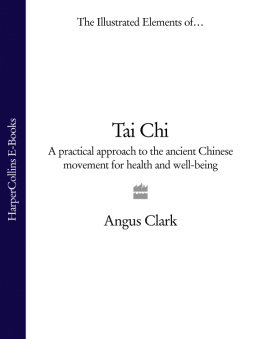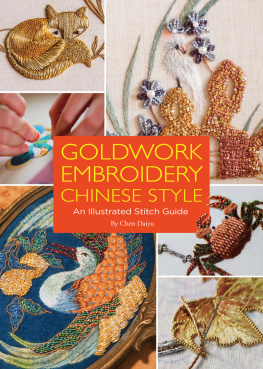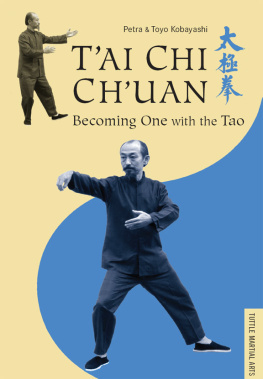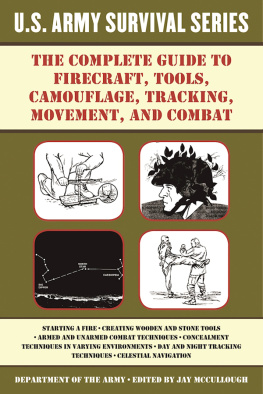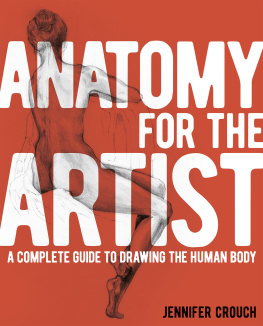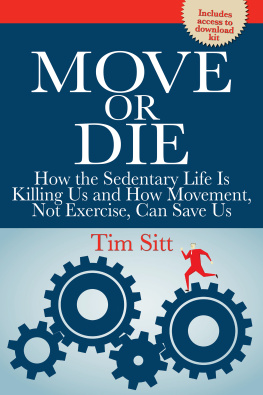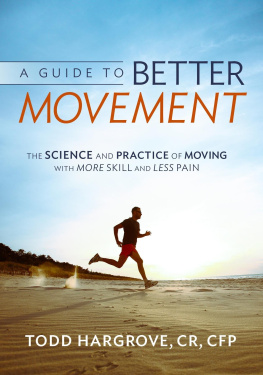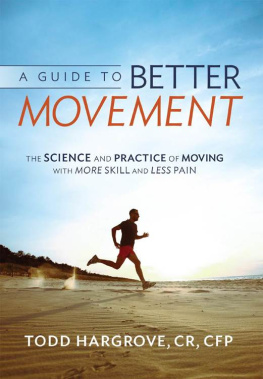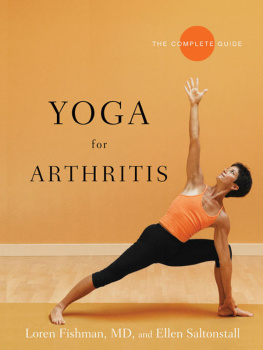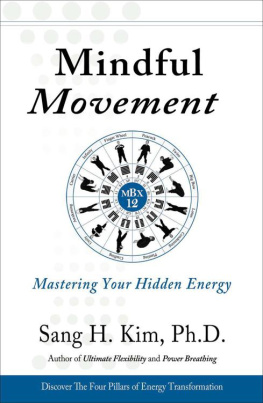TAI CHI IS rooted in the rich soil of ancient Chinese thought, which is based on observing the way things work in nature. The art embodies the concept of continuous change from one extreme to the other as expressed in the ancient book of wisdom, the I Ching: When the sun has reached its meridian, it declines, and when the moon has become full, it wanes. Tai chi stems from the ancient philosophy of Taoism, which arose at a time when Chinas earliest martial traditions were emerging, among agricultural peoples whose lives were frequently disrupted by wars waged by contending states. And it was founded on the principle of following the natural way or Tao the ancient philosophy of Taoism.

The Taoist philosopher Lao Tzu is said to have been Official Archivist of the State of Chou (1st century B.C.E.).
TAOIST PHILOSOPHY
The first written records of tai chi practice do not appear until the end of the first millennium C.E. However, the art is known to have been developed perhaps a thousand years earlier by Taoist recluses who retreated from the world to mountain hermitages to contemplate the meaning of action by studying nature.
Taoism is an ancient Chinese system of thought that attempts to understand the laws governing change in the universe. The Tao, or Way, is the way the universe works, the natural way of things, from the way the clouds form and disperse to the way a person behaves.
The early Taoists sought to cultivate the Tao within themselves. Taoism centers on the concept of effortless action and the power it engenders. Water symbolizes the idea of strength in weakness; it accepts the lowest level without resistance, yet it wears down the hardest obstacles simply by flowing around them. Striving is the antithesis of Taoist action: understanding springs from spontaneous creativity, not from mental or physical effort.
Ideas about the Tao were eventually set down in writing in the Tao Te Ching (Classic of the Way and Virtue), the principal text of Taoism, an anthology of writings produced in about 300 B.C.E. (often referred to as the Lao Tzu).
The philosophers of ancient China sought to make suggestions that might generate ideas and unanswered questions in the mind. Taoist writings are full of paradoxes and contradictions intended to challenge limited and inhibiting views on life, and to open the perceptions.
Taoist thought pervades tai chi. Plants when they enter life are soft and tender, says the Lao Tzu. When they die they are dry and stiff The hard and strong are companions of death. The soft and weak are the companions of life. In tai chi, learning the qualities of softness and understanding its power are essential parts of practice.
TAI AND CHI
In Chinese, the characters for tai and chi express a double superlative, often translated as Supreme Ultimate or more simply as cosmos. Tai chi is said to have been born from wu chi, the Great Void, the original state of cosmic emptiness. With the birth of tai chi, stillness changed into movement or energy. This movement was generated by the interplay of the opposing yet complementary forces of yin and yang. Tai chi can also be interpreted as central pole or pillar, like the ridgepole of a house around which all the other parts are arranged and upon which they all depend. Tai chi is a Western abbreviation of the Chinese term tai chi chuan, the full name of the Chinese fighting art, which translated means fighting art based on the laws of the universe.
CHANGE AND HARMONY
Chinese philosophy is based on a belief in two opposing but complementary forces, yin and yang. Traditionally, yin has been presented as the feminine force, passive, nurturing, and soft, and yang as the harder, more active masculine principle. Yin and yang are also the forces of harmony and change, and together they form a balanced whole. When they are not in perfect equilibrium, disorder and disease are said to follow. The interrelationship between change and harmony is the guiding principle behind tai chi, which seeks to establish a dynamic equilibrium between the two.
Change is a constant in our lives. The Earth moves unceasingly around its orbit, causing the seasons to change and recreating the cycle of birth, life, and death. From the moment of conception to the time of death the body changes ceaselessly. The blood circulates, air is breathed in and out, mind and body mature and age. Throughout our lives we experience not one moment of absolute stillness. Change brings about rhythm, however every in-breath is followed by an out-breath and so harmony is maintained.
This ceaseless interplay between change and harmony is perfectly expressed in the yin-yang symbol. As any condition reaches its fullest point, it already contains the seed of its opposite: in the dark portion is a seed of white; and in the white portion is a seed of black.

